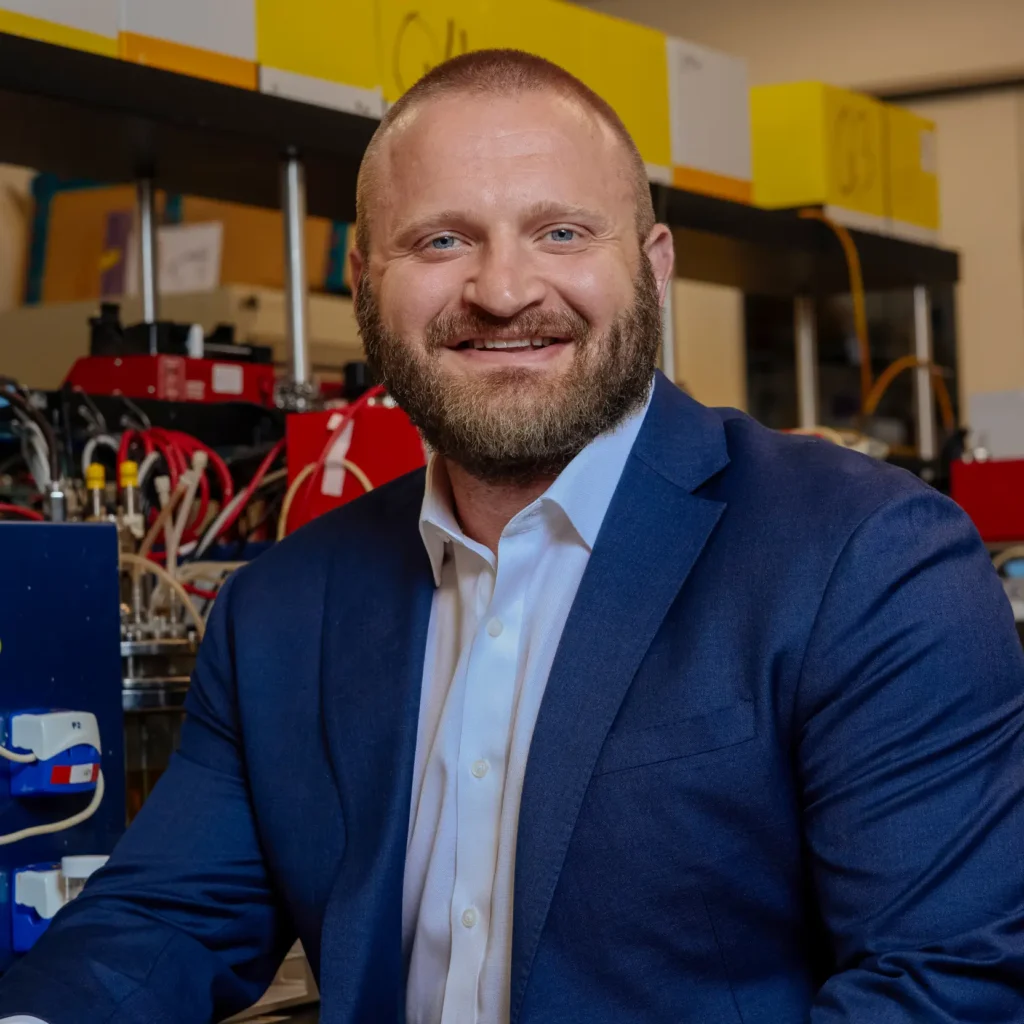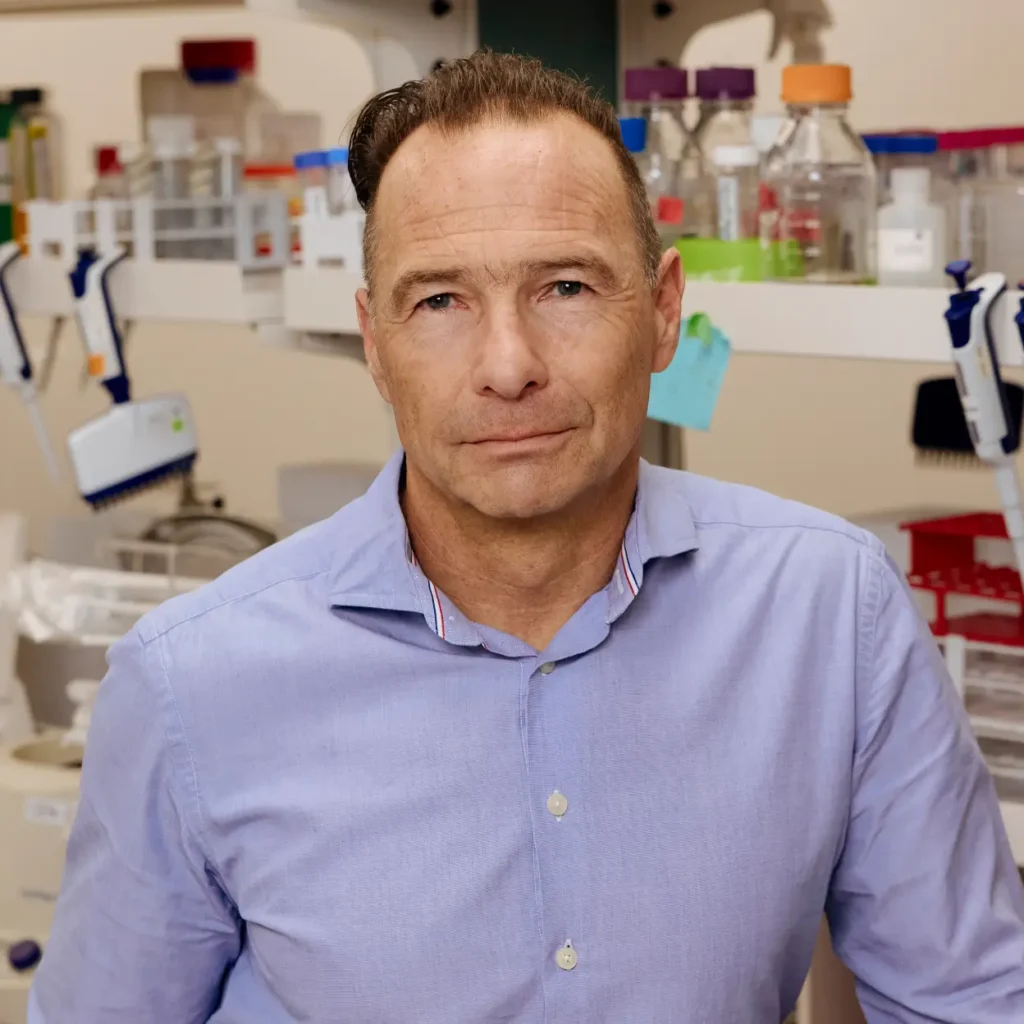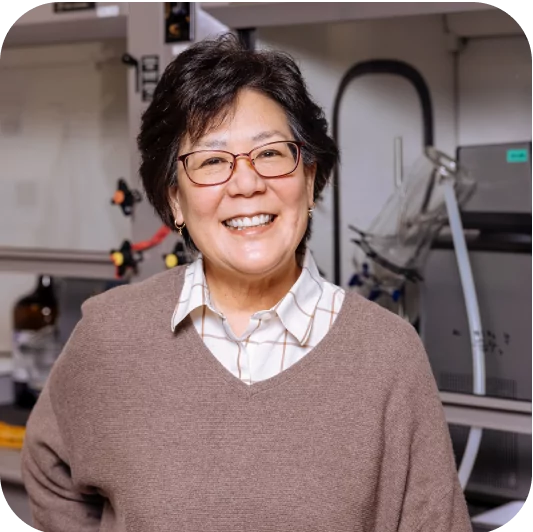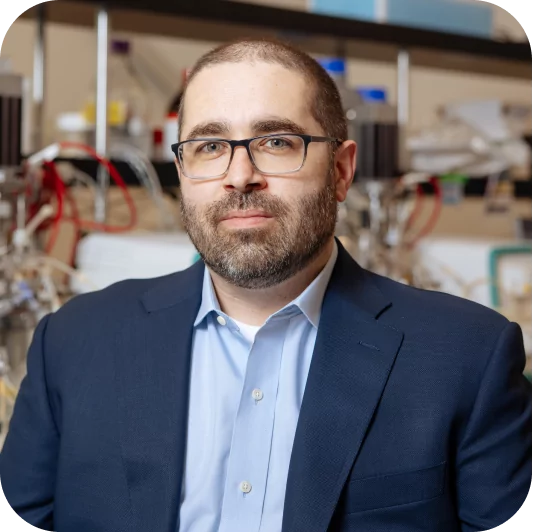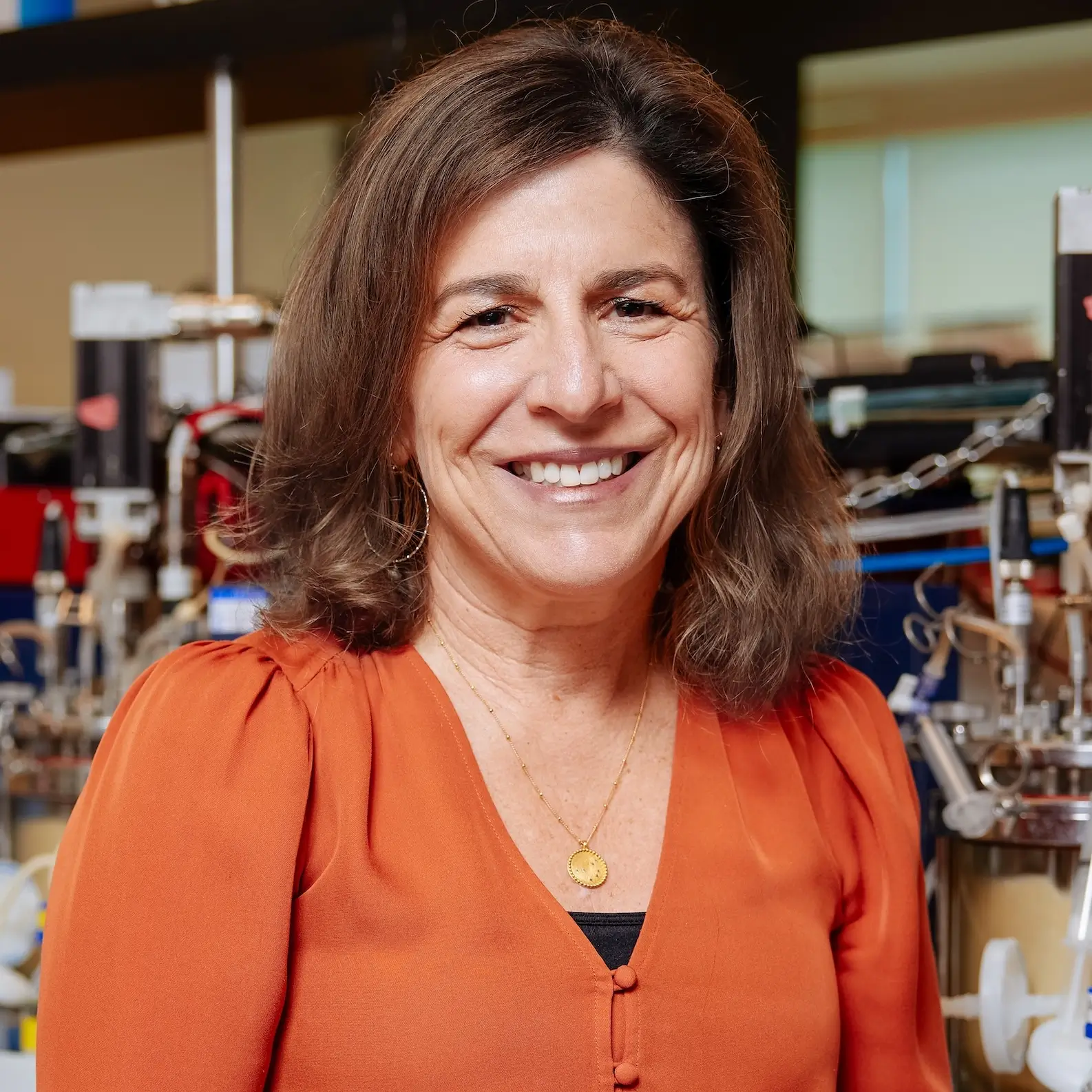Global health experts and governing bodies agree that everyone has a right to access the medicines they need. The COVID-19 pandemic and resulting drug shortages have underscored the critical need to protect this right—and that the U.S. is currently unprepared to do so. Essential medicine shortages remain a critical public health issue.
“Essential medicine” is an official classification, and according to the World Health Organization, they are medicines “that satisfy the priority health care needs of the population.” The WHO updates its list of essential medicines every two years, selecting drug categories based on evidence showing they are safe and effective in treating diseases relevant to public health. This essential medicine list includes familiar medicines such as ibuprofen and acetaminophen and lesser known, but no less critical ones. For example, anticholinergics are necessary for many life-saving procedures. One drug in this category, atropine, is administered before surgery to clear patients’ airways of saliva and mucus.
Many of the medicines on the WHO list, like ibuprofen and atropine, are relevant worldwide, but the WHO also encourages countries to develop lists that reflect their populations’ health needs. The FDA’s List of Essential Medicines for the U.S. includes 223 drugs, many of which overlap with the WHO.
The FDA selects medicines that are “necessary to address immediately life-threatening medical conditions.” They should also be “encountered in U.S. acute care medical facilities, and used to stabilize patients with those medical conditions so that patients can be discharged for continued outpatient care.” The list spans multiple drug categories: chemotherapeutics for cancer treatment, antihypertensives for high blood pressure, analgesics for severe pain relief, and many more.
Essential medicine lists help direct resources toward pharmaceuticals that are most necessary for public health and emergency preparedness. In the U.S., this direction is critical now that the pandemic has further depleted drug supplies. During the worst spikes in COVID-19 cases, U.S. hospitals reported dangerous shortages of medicines that were already in short supply.
The American Medical Association Council on Science and Public Health emphasized the severity of the problem in a November 2020 special meeting. As its report states, “Unprecedented demand due to large numbers of critically ill patients with COVID-19 is worsening shortages, especially analgesics, sedatives, and paralytics because of the need to put many patients on ventilators.”
Government agencies have rallied around manufacturing more essential drugs in the U.S. The Departments of Defense and Health and Human Services are directing resources toward domestic production. Their contracts focus on medicines critical to pandemic response, including neuromuscular blockers, sedatives, analgesics, anticholinergics, and vasopressors.
Domestic manufacturing is vital to fortify our drug supplies, especially since 80% of pharmaceutical manufacturing currently happens outside the U.S. That said, manufacturing challenges still stand in the way of securing enough essential drugs, even if production moves to the States.
One of the most significant challenges is many life-saving medicines have fragile and unpredictable supply chains, regardless of production location. Many of the most-needed drugs derive from plants. Atropine, mentioned above, is made by a plant in the nightshade family. The supply chains involved in growing, harvesting, transporting, and processing medicinal plants are inefficient, inflexible, and unable to respond to sudden changes in demand. They are also vulnerable to disruption by natural disasters, geopolitical conflict, pest infestations, and other unforeseen events.
The U.S. now has an opportunity to overcome these challenges. Advanced manufacturing technologies could enable more resilient supply chains for essential medicines. Biomanufacturing, in particular, represents a powerful opportunity to improve drug production. It is a streamlined, on-demand, scalable process that involves engineering microbial hosts, like yeast, or bacteria to produce desired molecules.
Biomanufacturing could produce enough active pharmaceutical ingredients to meet our country’s needs for many essential medicines. It is a more reliable and efficient way to manufacture chemotherapeutics, analgesics, anticholinergics, and many other small molecule drugs.
A solution to securing enough essential medicines has never been more important, and addressing these shortages will require more than simply reshoring manufacturing. Riding the next wave of advanced manufacturing technologies, government agencies and private industry can advance a platform for domestic production and protect everyone’s right to essential medicines.
